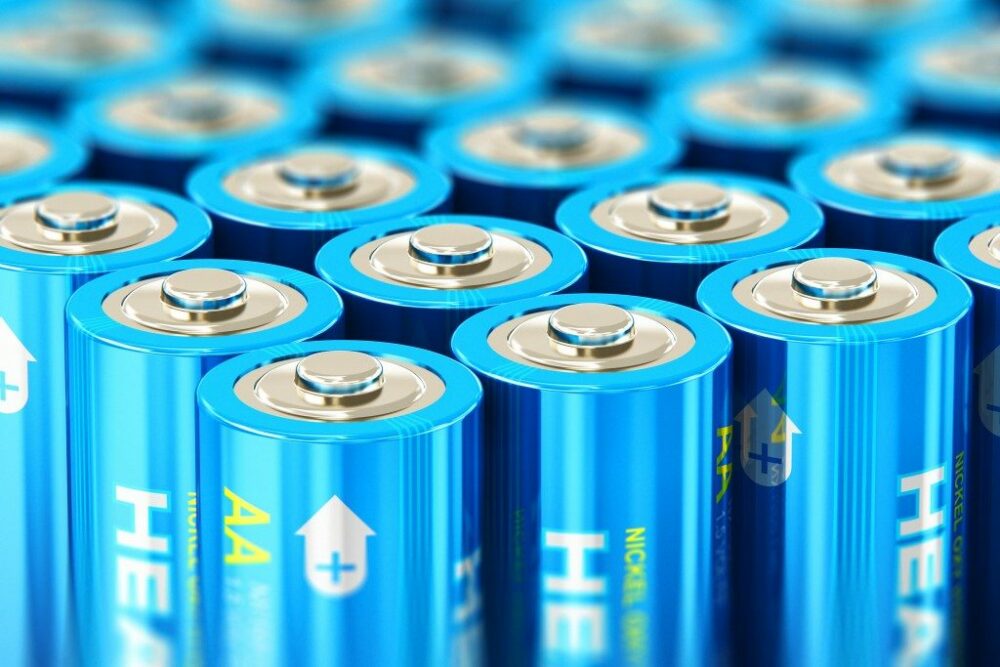Picture this. A day without electricity. Isn’t it hard to imagine? It is now that our life depends on phones, laptops, and home electricals. The obvious consequence of this rapid increase in demand is frequent power cuts that cause us great inconvenience and affect our productivity.
That’s why it’s not only essential to choose a high-performance inverter but a highly efficient inverter battery that can handle our power requirements smoothly.

Having said that, when it comes to efficiency and high-performance delivery, a lithium battery should be your go-to choice. Today, we’ll be telling you all about a lithium battery, including what it is and how it works.
What is a Lithium Battery? How Does it Work?
As the name suggests, lithium battery contains metallic lithium as an anode. These types of batteries are also referred to as lithium-metal batteries. They are well-reputed for their high cost per unit and high charge density.
A lithium battery is composed of one or multiple power-generating compartments known as cells. Each cell possesses three components: namely a positive electrode which is connected to the battery’s positive terminal, a negative electrode that is connected to the negative terminal, and an electrolyte, a chemical filling up the spaces in between them. The positive electrode is generally made from either lithium-cobalt oxide or lithium iron phosphate. The negative electrode, it is generally composed of carbon (graphite).
When a lithium battery is charging up, the positive electrode loses some of its lithium ions, which make a move through the electrolyte to the negative anode. Currently, the battery stores energy. At the time of discharge, the lithium ions shift back to the positive electrode, producing the energy that is used to power the battery.
Types of Lithium Battery.
There are 4 types of lithium batteries available in the market:
1. Lithium Iron Phosphate:
Lithium iron phosphate batteries use graphitic carbon electrodes as the anode, and phosphate as the cathode material. One essential feature of this type of lithium battery is that they have a long-life cycle.
2. Lithium Cobalt Oxide:
Lithium cobalt oxide (LCO) batteries are known for having high specific energy. Consequently, they can deliver power over a long period. This type of battery is used in small portable electronics such as laptops and phones.
3. Lithium Manganese Oxide:
Lithium Manganese Oxide (LMO) batteries utilize lithium manganese oxide as the cathode material. This combination forms a three-dimensional structure that enhances ion flow and increases current handling while enhancing thermal stability and safety. They are mostly used in portable power tools, electric vehicles, and some hybrid medical instruments.
4. Lithium Nickel Manganese Cobalt Oxide:
Lithium nickel manganese cobalt oxide (NMC) batteries bring together the advantages of the three main elements present in the cathode: namely nickel, cobalt, and manganese. Even though nickel has high specific energy, it is not stable. Manganese is highly stable but possesses low specific energy. Bringing them together yields stable chemistry along with high specific energy. This type of battery is most used in power tools and electronic vehicles.
The Last Word.
Now that you know all about lithium batteries, you would know why they are a must- to power your home. However, as a word of advice, if you find it difficult to choose the right lithium battery for your inverter, consider buying an inverter-battery combination. Luminous is a brand you can trust for all your power backup requirements. If you are looking for recommendations, Luminous Li-ON 1250 is the inverter battery combination for you. Li-ON 125O is a futuristic innovation that comes with an inbuilt lithium-ion battery, and a ton of features to improve your quality of life.

